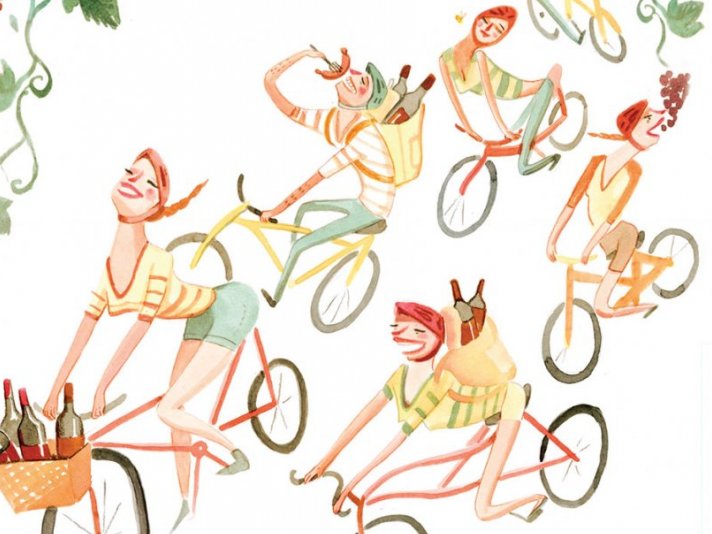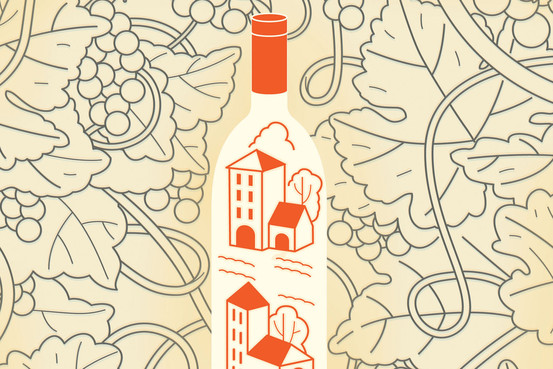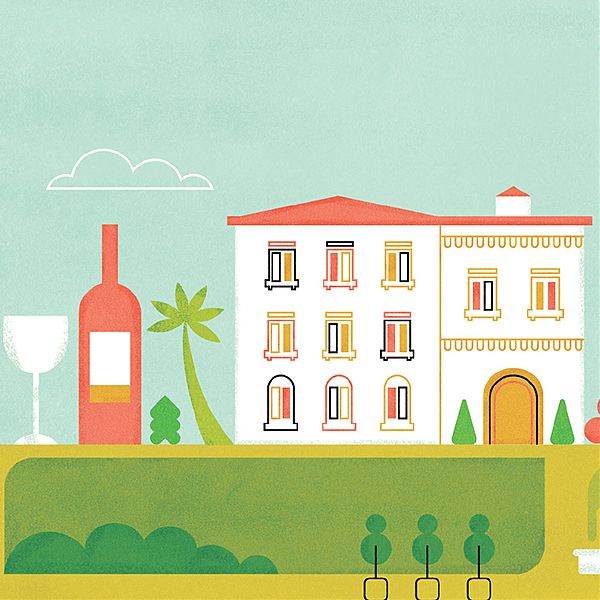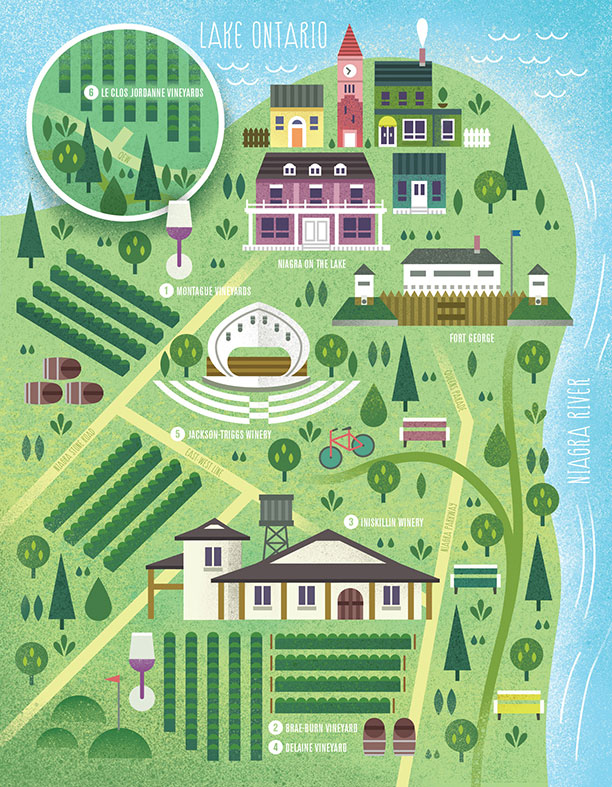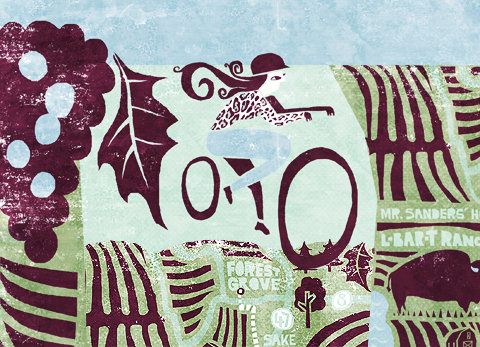The revenues generated by wine tourism is growing in every wine country around the world. How has this industry developed and where could it be heading in the future?
Enotourism is becoming more and more profitable in recent years.
The main goal of it is to taste wine and explore the areas where it is produced. Many travel packages often involve the relaxing part or enjoying historical sights, but the difference is the active part wineries are taking in it, showing the visitors where and how their favorite drink is produced.
A brief history of enotourism
Enotourism is a relatively new form of tourism, and its history varies from region to region.
In places such as the Napa Valley in California, it saw an extensive growth thanks to concerted marketing effort implemented in 1975, with a further boost by the 1976 Judgment of Paris (a blind tasting where for the first time the overall rating of Californian wines defeated French wines).
Other regions, like Catalonia in Spain, started their marketing efforts on enotourism just in the mid-2000’s, primarily focusing on how it is an alternative form of tourism to the seaside.
An increased interest on enotourism among English speakers is due to the release of the film “Sideways” in 2004, whose main characters visit wineries and vineyards in the Santa Barbara region of Southern California.
The industry around enotourism has grown throughout the first decade of the 21st century
Only In the USA, 27 million travelers – 17% of American leisure travelers – engaged in culinary or wine-related activities. In Italy the figure stands at approximately five million travelers, generating 4 billion euros in revenue. There are even annual Enotourism Days in the US on May 11th, and on the second Sunday of November in Spain, France, Germany, Greece and Italy, among others.
Most visits to the wineries take place at or near the site where the wine is produced. Visitors typically learn the history of the winery, see how the wine is made, and then taste them, usually with local foods. Most importantly for the producers, visitors usually buy the wines made by the winery they visit, accounting for up to 33% of its annual sales.
For local wine-related businesses that don’t know how they can take advantageof this toursim sector, there are a lot of initiatives in place. One is the Wine Tourism Conference, in Paso Robles, California, in November. It is a networking opportunity for local companies, that will offer valuable information to wineries, travel agencies, transportation firms, bloggers, event planners, hotels, restaurants and every wine lover!
How does it work?
Strictly speaking, enotourism includes tasting, consumption and purchase of wine, often where it is produced. A visit involves a tour to the site where the wine is produced, with an explanation of the history of the winery and the production process. Visitors have the chance to taste the wine, sometimes with full meals to pair them, and have the chance to buy some bottles that they can take home with them.
I have potential!
Most tourism agencies see this segment of the tourism industry with tremendous growth potential, and in some regions it’s only working at 20% of its full potential.
For examples, the Stellenbosch Wine Routes in Cape Town, South Africa, originally founded in 1971 by Frans Malan, Simonsig Estate and Neil Joubert, now boasts 152 wineries as members. The wine industry in the Western Cape even contributes about $2 billions to the region’s economy every year, and officials are now looking to market a new campaign with this in mind: the Stellenbosch Wine Experience.
Over 9,000 km away, the state capital of Baden-Württemberg, Stuttgart – Germany – has recently opened a series of wine-related attractions for tourists, including exibitions and wine-tasting sessions. Following Blackforest in south-west Germany being promoted as a film tourism destination, visitors can now try the different grape variants in the region, such as the world-famous Riesling, the Blaufränkisch and the Trollinger.
In Italy, the winery Rocca delle Macìe, a trustful brand of Chianti Classico, together with the company Edimarca, create the first Italian website completely dedicated to book visits and tastings in Italian wineries, visitcantina.it, which include also a dedicated App, making the booking, the experience and the review enterily social.
There is no doubt that enotourism will continue to grow, and the wine regions will have to deal with the increasing crowds, meaning that the initial infrastructure has to be in place or tourists will begin facing rises in tasting room fees, as it’s happening in the Napa Valley in California. The potential is tremendous but the producers will need to be careful because the rise in prices could lead the tourists to fly away and turn off the interest in enotourism!



 0
0